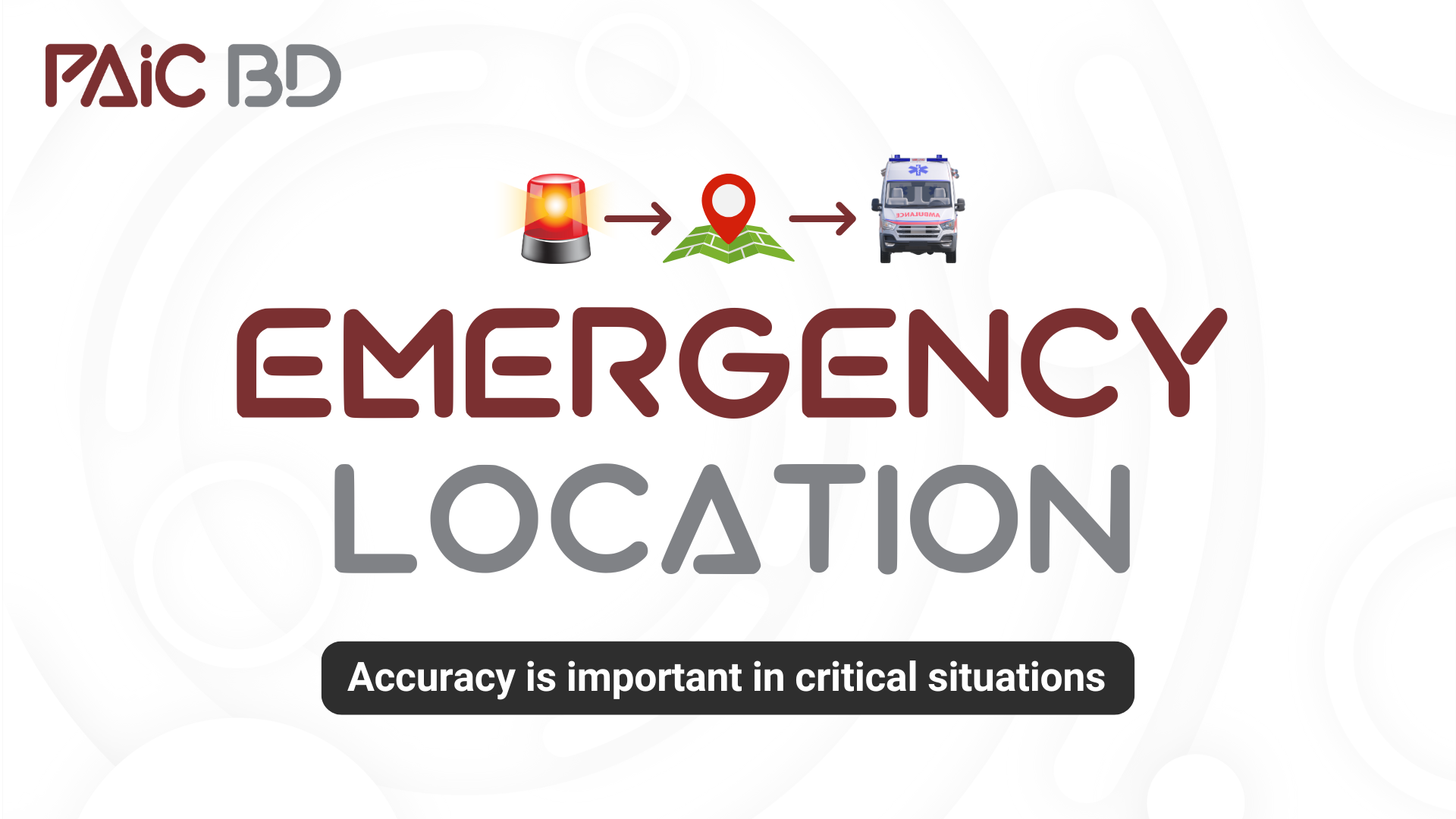
Emergency Location - PAiC BD
In mission-critical scenarios, rapid and accurate determination of a User Equipment’s (UE) geographic location is paramount. Network-based geolocation methodologies provide a robust solution, thereby establishing its reliability for emergency response.
Mobile Network Operators (MNOs) possess the fundamental network elements to facilitate this capability:
The Enhanced Serving Mobile Location Center (E-SMLC) estimates UE location by employing various radio positioning methods leveraging network data. These methods include Cell ID (CID), which provides coarse-grained location based on the serving cell; and advanced techniques like Observed Time Difference of Arrival (OTDOA) and Enhanced Cell ID (E-CID), which utilize measurements from multiple eNBs/gNBs. The E-SMLC interfaces with network elements such as the Mobility Management Entity (MME) for control plane signaling and potentially the Serving Gateway (SGW) for user plane location reporting in certain architectures. This approach enables precise positioning in both indoor and outdoor environments, independent of user-installed applications.
The Gateway Mobile Location Center (GMLC) serves as the central node for managing external Location Service (LCS) client requests. It enforces authorization protocols, ensuring that only authenticated entities, such as Public Safety Answering Points (PSAPs), can initiate and receive location information. The GMLC supports various location request types and interacts with the Home Location Register/Home Subscriber Server (HLR/HSS) for subscriber information.
The Service Delivery Platform (SDP) acts as an intermediary layer, abstracting the complexities of the underlying location infrastructure and exposing standardized Application Programming Interfaces (APIs) to service applications. For emergency use cases, the SDP enforces predefined access control policies, transforms the location data into appropriate formats (e.g., standardized formats like JSON or XML), and provides secure, real-time delivery of this information to public safety platforms.
The strategic deployment and management of these inherent network capabilities empower MNOs to offer differentiated geolocation services. This not only enhances public safety but also positions them as critical infrastructure providers, fostering increased user trust and potentially unlocking new service revenue streams.